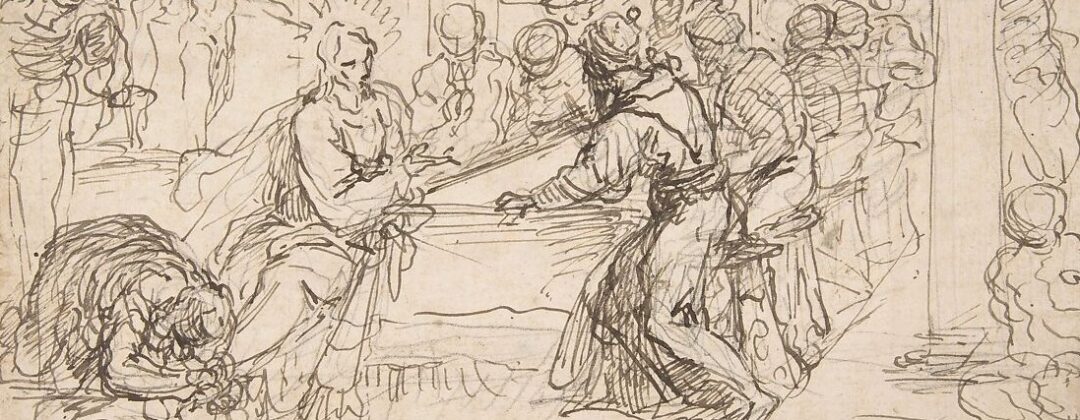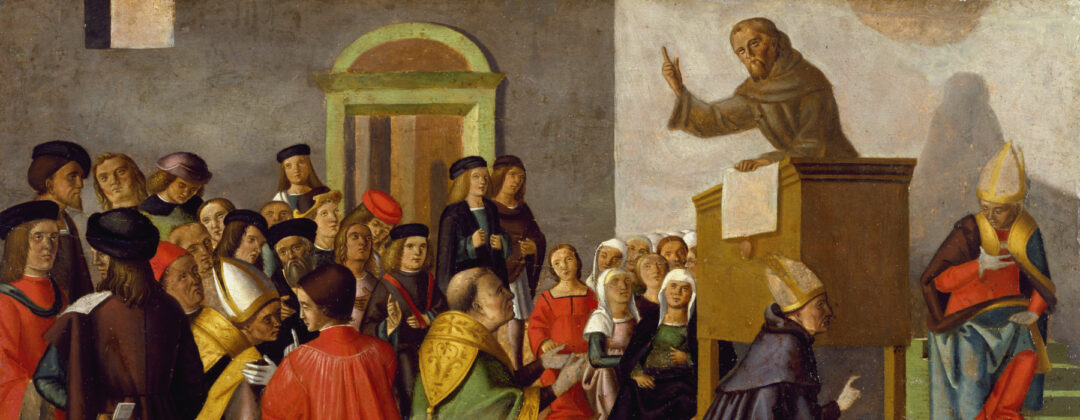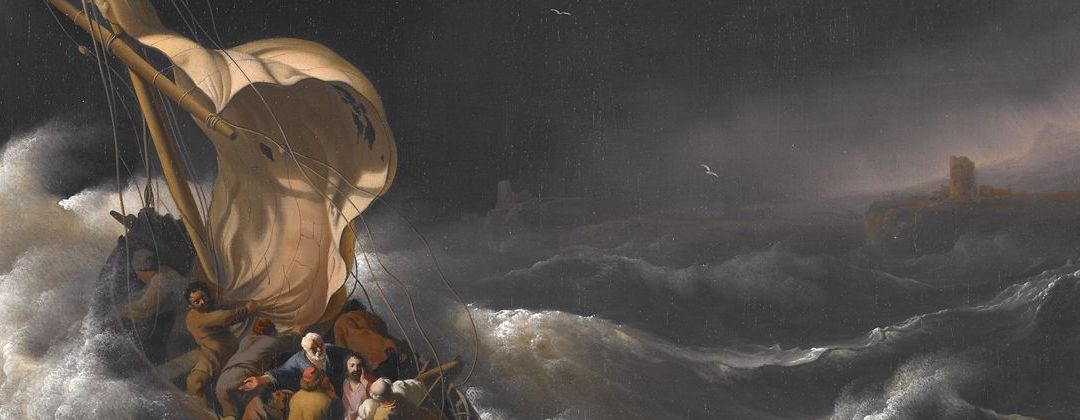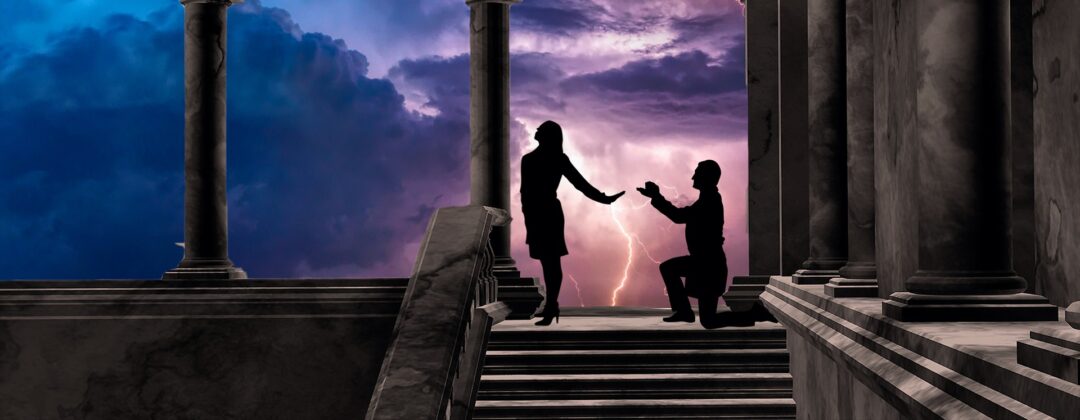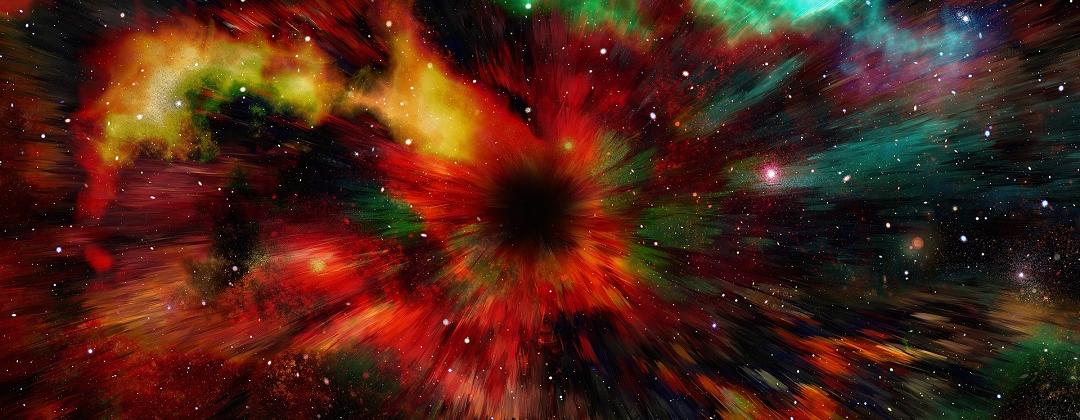When Christianity requires us to love our enemies, one might say in a certain sense that it had good reason to require this, for God would be loved, and (speaking merely in a human way) God is man’s most redoubtable enemy, your mortal enemy; He would that you should die, die unto the world, He hates precisely that in which you naturally have your life, to which you cling with all your joy in living.
The men who have entered into no relation with God enjoy now—frightful irony!—the privilege that God does not torment them in this life. No, it is only the men whom He loves, who have entered into relation with God, whose mortal enemy (speaking merely in a human way) God may be said to be—but for all that out of love.
But He is your mortal enemy. He Who is love would be loved by you. This signifies that you must die, die unto the world, for otherwise you cannot love Him. . . .
How dreadful (speaking merely in a human way) is God in His love, so dreadful it is (speaking merely in a human way) to be loved of God and to love God. In the declaration that God is love, the subordinate clause is, He is your mortal enemy.
———and here we are playing the game that we are all Christians, that all love God, whereas by God being love and by loving God we nowadays understand nothing else but the nauseating syrupy sweets in which falsehood’s witnesses to the truth are wont to deal.
(from Attack upon Christendom, 1854-55; trans. Walter Lowrie, 1944, 1968, alt.)
Photo © 2009 Arne List. License: Creative Commons Attribution-ShareAlike 2.0 Generic.

